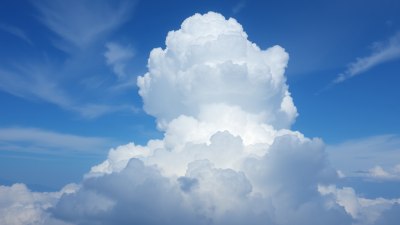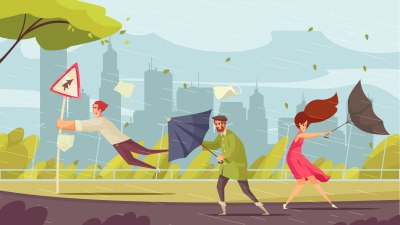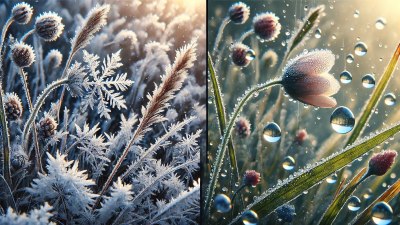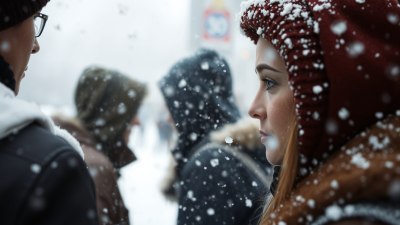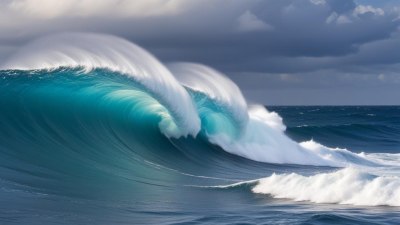How Nature’s Changing Colors Affect Human Creativity and Mood
Explore how the changing colors of nature influence our creativity and mood throughout the seasons.
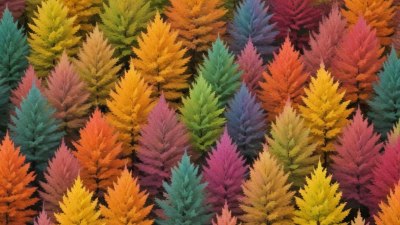
This image was created with the assistance of Freepik
The shifting colors of nature throughout the seasons hold a significant impact on human creativity and mood. As the environment changes, so does the palette of colors presenting themselves to our senses. These variations may affect how we feel and think, often enhancing our creative capacities or altering our emotional states. Understanding this relationship can open up avenues for improving personal wellness, creativity, and even professional productivity.
Color psychology suggests that different colors evoke different emotional responses. For instance, greens and blues, predominant in spring and summer, are associated with calmness, tranquility, and inspiration. Conversely, the vibrant oranges and reds of autumn can spark a sense of enthusiasm and warmth, while the stark whites and grays of winter often lead to feelings of starkness or introspection. Recognizing how these colors affect mood can help individuals harness the power of their surroundings to boost their creativity.
The Power of Green
Green, the color of life and renewal, is predominantly seen in lush landscapes during spring and summer. It signifies growth, harmony, and freshness. Research has indicated that exposure to green can increase feelings of relaxation and well-being. A study conducted by the University of Canterbury found that participants performed creativity tasks better after spending time in green environments. This suggests that the presence of greenery not only soothes but also enhances our brain's ability to think divergently—a core component of creative thought.
Blue Skies and Waters
Blue is another soothing color often connected with calmness and tranquility. It is known for promoting feelings of peace and is frequently associated with the sky and bodies of water. Many artists and creatives gravitate towards blue when in the process of creating, as it encourages openness and clarity of thought. Natural environments filled with blue hues, such as clear skies and serene lakes, have been shown to lower stress levels and enhance mood, making them ideal for creative pursuits.
The Warmth of Autumn
The arrival of autumn brings with it a vibrant explosion of warm colors—rich reds, vibrant oranges, and deep yellows. These colors can invigorate our senses and inspire creativity in various ways. For many, autumn symbolizes change and transition, prompting introspection and reflection. This period can serve as a potent catalyst for creative expression, whether through writing, painting, or other forms of artistic exploration. The cozy ambiance often associated with autumn, characterized by comforting colors and scents, can also encourage individuals to experiment more freely with their creative endeavors.
Winter’s Cool Palette
As we move into winter, nature often presents us with a more subdued palette, dominated by whites, grays, and dark hues. While this might initially seem like a stifling change, winter can foster creativity through its unique beauty and serenity. The stark landscapes can invoke a sense of calm, allowing for deeper contemplation. Many artists find inspiration in winter’s simplicity, utilizing the quietude as a backdrop for their creative processes. The early evenings invite cozy interiors illuminated with warm lights, creating an intimate setting perfect for creative thinking.
The Influence of Seasonal Affective Disorder
It’s worth noting that not everyone experiences the seasonal changes positively; for some, these transitions can trigger Seasonal Affective Disorder (SAD). This mood disorder is characterized by feelings of depression, fatigue, and a lack of creativity during the darker months. It often coincides with the decreased sunlight of winter, impacting mood significantly. Understanding this connection allows individuals to take proactive steps, such as supplementing light exposure or incorporating vibrant colors into their environments, to combat the effects of SAD. Engaging with nature, even in winter, can help mitigate these feelings.
Engaging with Color Intentionally
Given how colors affect mood and creativity, individuals can intentionally engage with colors around them to enhance their mental well-being. One effective practice is to take regular walks in natural settings, taking time to observe and appreciate the colors present in the environment. Whether it’s the blooming flowers of spring or the fiery leaves of autumn, being mindful of these colors can heighten your creative process. Interior design choices can also play a role; opting for warm colors in workspaces can stimulate creativity, while cooler colors might promote calm and focus.
Art and Nature: A Symbiotic Relationship
Artists throughout history have drawn inspiration from nature’s colors. The Impressionists, for example, embraced the changing light and colors of their surroundings to depict emotions and impressions rather than just the physical world. This demonstrates how engaging with natural color palettes can lead to innovative artistic expressions. Today, many contemporary artists continue to explore this relationship, using color and nature to challenge perceptions and evoke emotional responses.
Nature's Color as a Muse
For writers, nature's colors can serve as powerful muses to inspire storytelling. The vibrant colors of autumn, the fresh greens of spring, and the moody blues of winter set scenes that elicit strong emotions. Creative writing exercises can involve writing about specific colors associated with different seasons, helping writers enhance their descriptive abilities and emotional depth. This engagement can lead to greater narrative creativity as nature's vivid colors lend authenticity and resonance to personal stories.
Color and Creative Workspaces
Workspaces that reflect the natural environment often lead to higher levels of creativity. Incorporating plants, colorful art, and appropriate lighting can create a stimulating yet calming atmosphere. Companies embracing biophilic design, which incorporates natural elements into their workspaces, report improved employee satisfaction and creativity. As such, the intentional selection of colors in professional environments not only promotes well-being but can also drive innovation and collaborative creativity.
The Transitioning Colors of Technology
In our increasingly digital world, technology also mimics nature’s color transitions to enhance user experience. App designers and web developers often consider color psychology in their design choices to evoke desired emotional responses. For instance, brighter colors may be used to create excitement, while softer hues may promote relaxation. Thus, understanding how these colors impact human emotions can lead to improved digital interactions and creative workflows.
In summary, the changing colors of nature are more than just aesthetic phenomena; they significantly influence our creativity and emotional states. By becoming conscious of the colors surrounding us throughout the seasons, we can leverage these natural shifts to enhance our mood and creative processes. Whether it’s through engaging with outdoor environments, decorating our spaces mindfully, or merely reflecting on how colors affect us, the interplay between nature and creativity is profound. Embracing this relationship allows us to cultivate not only our personal creativity but also our overall well-being.


